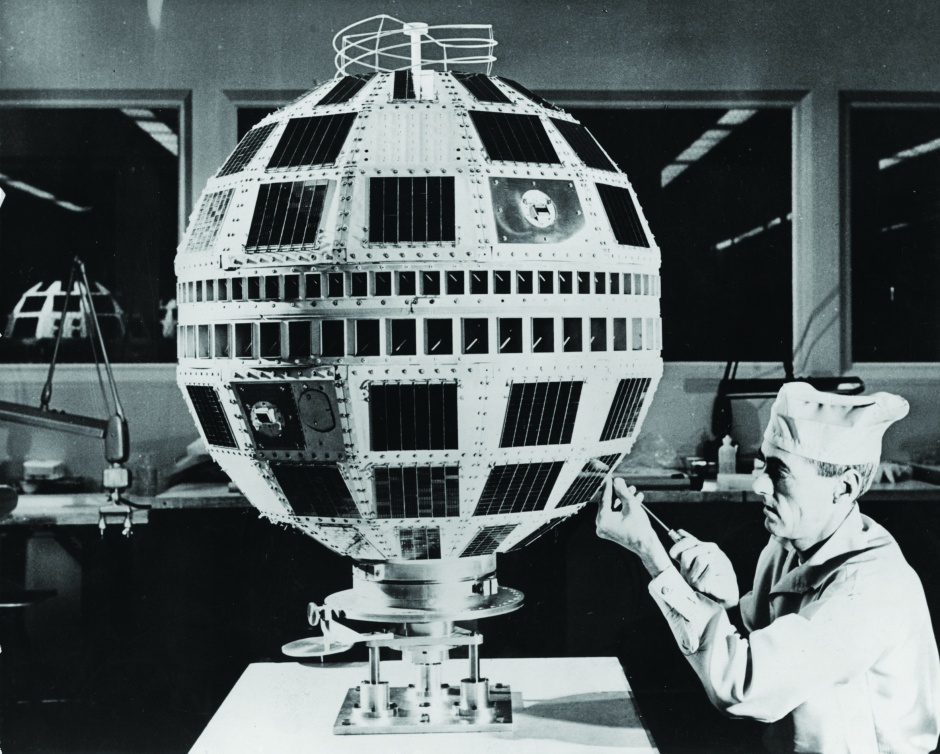
Millions of people who will never set foot in an aircraft enjoy the benefit of satellite communications technology, and Telstar was the first link in the chain that led to live sporting events being beamed around the world and the pinpoint precision of GPS.
As The Engineer reported, within a day of Telstar's launch the first live trans-Atlantic television pictures were sent from Maine in the US and received by the Post Office satellite receiving station at Goonhilly on the Lizard, Cornwall.
'The picture received via Telstar on 11 July was held for about four minutes after a little initial difficulty in locating the satellite signal by the Goonhilly aerial,' said the magazine, which went on to describe how Telstar's orbit left only limited time windows for broadcasting.
'For trans-Atlantic communications the satellite must pass over the North Atlantic and be in a mutually visible position to the ground stations in Europe and North America. There are three or four orbits in each 24 hours when these conditions are fulfilled and time is sufficient for communications experiments.'
According to The Engineer, both the BBC and ITV were looking into the possibility of 'an exchange of television programmes with the United States.'
The idea of live 24-hour rolling news coverage from anywhere on Earth would still have seemed highly fanciful in 1962, but in our own era — when almost nobody on the planet is out of range of a communications satellite — the huge implications of Telstar's launch are clear.
Andrew Lee





Project to investigate hybrid approach to titanium manufacturing
What is this a hybrid of? Superplastic forming tends to be performed slowly as otherwise the behaviour is the hot creep that typifies hot...